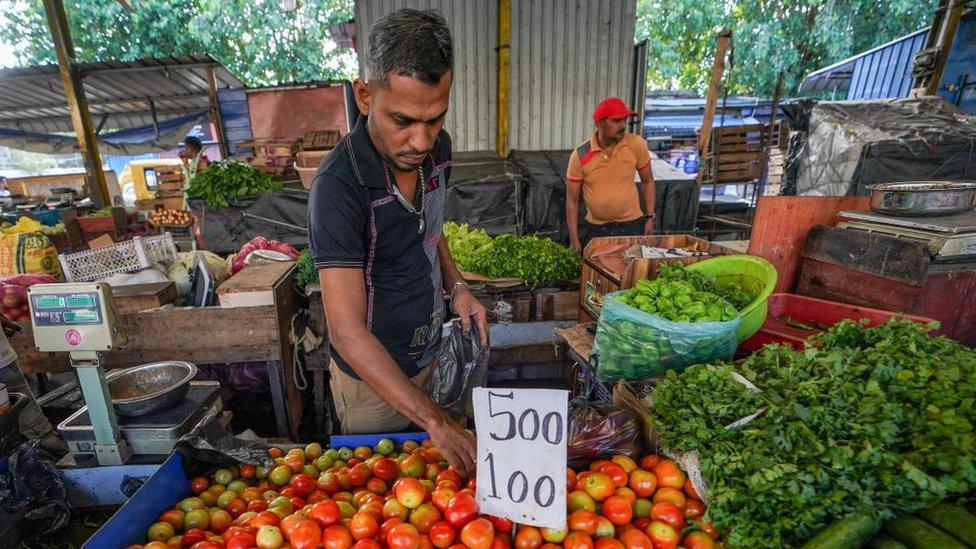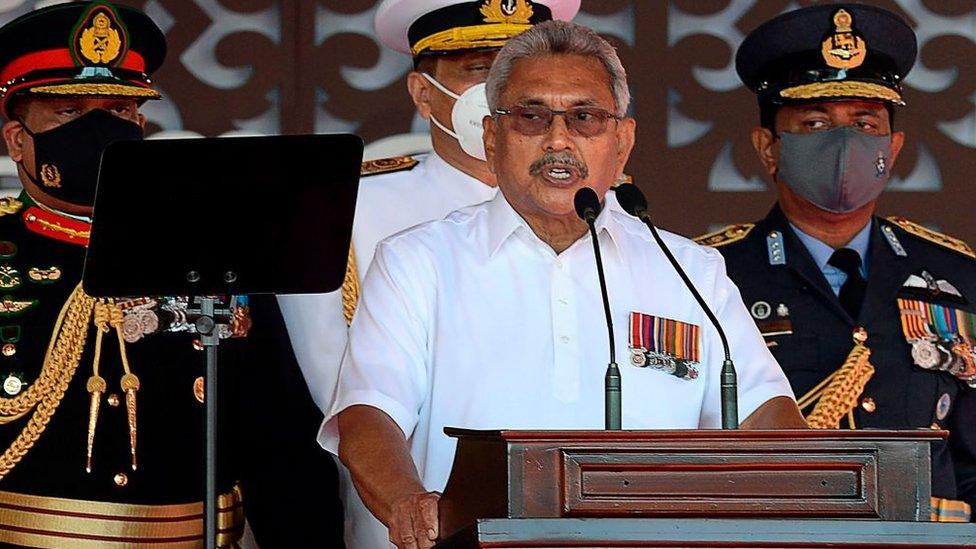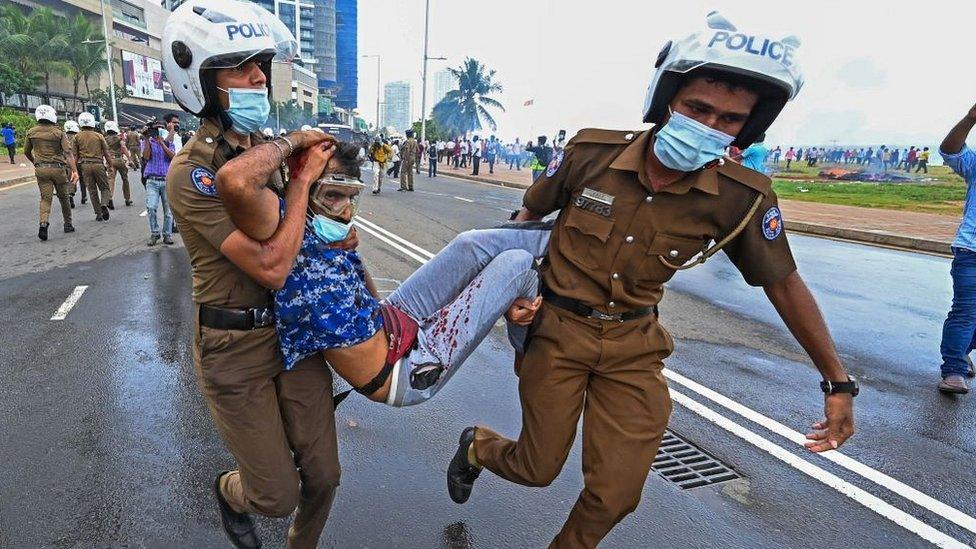Sri Lanka power cuts - wrong oil blamed
- Published

Power cuts are still a regular occurrence in Sri Lanka
A senior Sri Lankan official has blamed poor quality crude oil imports for the shutdown of a power plant, leading to extended blackouts.
Utilities regulator chief Janaka Ratnayake said the oil burnt in the furnaces had too much sulphur in it.
But the country's energy minister has disputed the allegation.
Last week, Sri Lanka increased its daily power outage from 80 minutes to 140 minutes because of a drop in power generating capacity.
"Sulphur content is too high in the furnace oil [fuel oil] which is not suitable for the current power plants and it's also not conforming with environmental standards," Mr Ratnayake, the head of the Public Utilities Commission, told the BBC.
"If you buy good quality crude oil for refineries, then this problem will not happen."
Mr Ratnayake said about 10% of the country's electricity came from diesel and fuel oil power plants. The rest of the electricity is generated from hydro, renewable and coal-powered plants.
But Power and Energy Minister Kanchana Wijesekara defended the crude oil import policy.
In a tweet, he said Sri Lanka's state-run fuel retailer, Ceylon Petroleum Corporation, would respond legally to Mr Ratnayake's allegation.
According to Mr Wijesekara, the power cut was extended because of a breakdown at one of the hydro-power stations and insufficient funds for diesel and fuel oil.
Allow X content?
This article contains content provided by X. We ask for your permission before anything is loaded, as they may be using cookies and other technologies. You may want to read X’s cookie policy, external and privacy policy, external before accepting. To view this content choose ‘accept and continue’.
The South Asian nation has been facing its worst financial crisis since its independence from Britain in 1948. It is struggling to find enough dollars to import fuel and food.
The shortages led to months of anti-government protests and long queues outside petrol stations.
In July, the unrest came to a head when President Gotabaya Rajapaksa was forced to flee the country and then resign after thousands of protesters stormed his official residence.
Veteran politician Ranil Wickremesinghe was subsequently elected by MPs as president.
Since then, the government has introduced a ration system for fuel using a QR code that has reduced the queues outside petrol stations.
Sri Lanka has reached a preliminary agreement with the International Monetary Fund for an emergency loan of $2.9bn (£2.7bn) and it expects the deal to be approved by the IMF board by the end of this year.
But the conditions include Colombo reaching an agreement with its creditors on debt restructuring. Sri Lanka has about $50bn of external debt.
- Published22 September 2022

- Published2 September 2022

- Published29 March 2023
